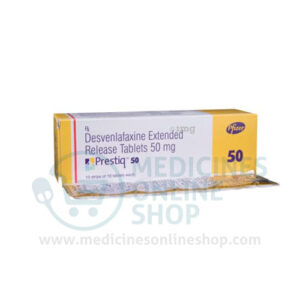Duloxetine Information
Pronunciation
doo LOX e teen
What is this drug used for?
• It is used to treat low mood (depression), anxiety, and some products are used to treat fibromyalgia. It is used to help painful nerve diseases and diabetic nerve problems. It is used to ease long-term pain problems. It may be given to you for other reasons. Talk with the doctor.
Frequently reported side effects of this drug
• Nausea
• Vomiting
• Constipation
• Diarrhea
• Abdominal pain
• Dry mouth
• Weakness
• Weight loss
• Trouble sleeping
• Fatigue
• Lack of appetite
• Sweating a lot
Other side effects of this drug: Talk with your doctor right away if you have any of these signs of:
• Depression like thoughts of suicide, anxiety, emotional instability, or confusion
• Agitation
• Panic attacks
• Mood changes
• Low sodium like headache, difficulty focusing, trouble with memory, confusion, weakness, seizures, or change in balance
• Bleeding like vomiting blood or vomit that looks like coffee grounds; coughing up blood; blood in the urine; black, red, or tarry stools; bleeding from the gums; abnormal vaginal bleeding; bruises without a reason or that get bigger; or any severe or persistent bleeding
• Severe headache
• Dizziness
• Passing out
• Unable to pass urine
• Sexual dysfunction
• Vision changes
• Decreased sex drive
• Eye pain
• Eye redness
• Eye edema
• Serotonin syndrome like dizziness, severe headache, agitation, sensing things that seem real but are not, fast heartbeat, abnormal heartbeat, flushing, tremors, sweating a lot, change in balance, severe nausea, or severe diarrhea
• Liver problems like dark urine, fatigue, lack of appetite, nausea, abdominal pain, light-colored stools, vomiting, or yellow skin.
• Stevens-Johnson syndrome/toxic epidermal necrolysis like red, swollen, blistered, or peeling skin (with or without fever); red or irritated eyes; or sores in mouth, throat, nose, or eyes
• Signs of a significant reaction like wheezing; chest tightness; fever; itching; bad cough; blue skin color; seizures; or swelling of face, lips, tongue, or throat.
Medication Safety Issues
Sound-alike/look-alike issues:
Cymbalta may be confused with Symbyax.
Drizalma may be confused with Drisdol, Drisdan.
DULoxetine may be confused with Dexilant, FLUoxetine, PARoxetine, vortioxetine.
Geriatric Patients: High-Risk Medication:
Beers Criteria: Serotonin/Norepinephrine Reuptake Inhibitors (SNRIs) are identified in the Beers Criteria as potentially inappropriate medications to be used with caution in patients 65 years and older due to its potential to cause or exacerbate syndrome of inappropriate antidiuretic hormone secretion (SIADH) or hyponatremia; monitor sodium concentration closely when initiating or adjusting the dose in older adults (Beers Criteria [AGS 2019]).
Storage and Stability
Store at 20°C to 25°C (68°F to 77°F); excursions are permitted between 15°C and 30°C (59°F and 86°F).
Adverse Reactions
Cardiovascular: Flushing, increased blood pressure, palpitations
Central nervous system: Abnormal dreams, agitation, anorgasmia, anxiety, chills, delayed ejaculation, dizziness, drowsiness, fatigue, headache, hypoesthesia, insomnia, lethargy, paresthesia, rigors, sleep disorder, vertigo, yawning
Dermatologic: Diaphoresis, pruritus
Endocrine & metabolic: Decreased libido, hot flash, orgasm abnormal, weight gain, weight loss (more common in children and adolescents)
Gastrointestinal: Abdominal pain (more common in children and adolescents), constipation, decreased appetite, diarrhea dysgeusia, dyspepsia, flatulence, nausea, vomiting (more common in children and adolescents), xerostomia (more common in adults)
Genitourinary: Ejaculatory disorder, erectile dysfunction, urinary frequency
Hepatic: Increased serum ALT
Neuromuscular & skeletal: Musculoskeletal pain, tremor, weakness
Ophthalmic: Blurred vision
Respiratory: Cough (children and adolescents), oropharyngeal pain (more common in children and adolescents)





